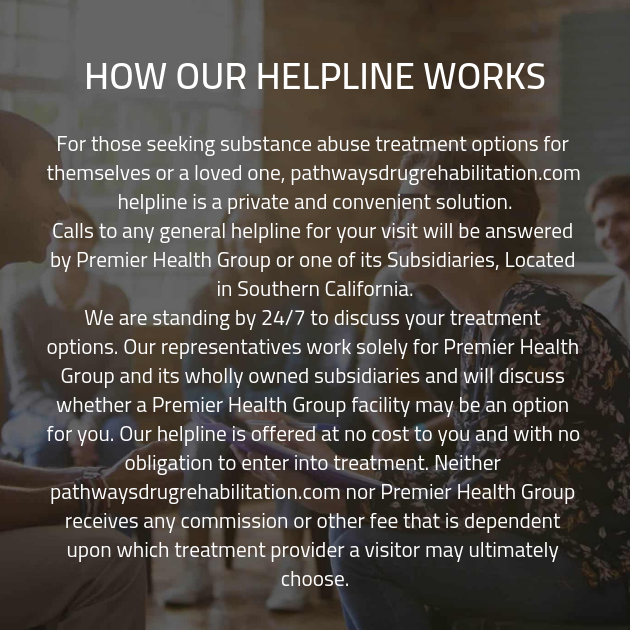As Connecticut surveys homeless population, lawmaker urges more state funds for affordable housing: ‘Either you pay now or you pay later’


Before seeing his first patient Wednesday morning, even before first light, state Sen. Saud Anwar and a half-dozen other volunteers trooped into the wood lines around Pope Park, following trails of footprints in the snow to Hartford’s well-hidden homeless encampments.
As he walked through the crisp snow during the annual survey to count those experiencing homelessness in Connecticut, Anwar’s mind was stuck on a recent patient who was homeless. The man had severe frostbite and required several surgeries to treat infections and remove fingers and toes, costing the state at least $100,000 dollars in medical care before he was transferred to a drug rehab facility, Anwar said.
The patient had no place to go from there, Anwar said — nothing to prevent another injury or illness, another big-ticket medical bill to Connecticut taxpayers.
“And you’re back to square one. This is not who we are,” he said. "So let me say, ‘OK, let’s make some decisions as a policy to prevent this.’ Either you pay now or you pay later.”
And you’re back to square one. This is not who we are. So let me say, ‘OK, let’s make some decisions as a policy to prevent this.’ Either you pay now or you pay later.
In single-digit temperatures on Wednesday, the group searched the ravine in the park, the woods behind the strip mall across Park Street, a clearing along I-84 with a shed insulated with moving blankets, tarps and pieces of drywall. But on this freezing morning, most chronically homeless people appeared to have taken refuge in the city’s shelters and warming center.
“I really hope to God there’s not somebody on a bench tonight,” said another member of the team, Richard Cho, executive director of the Connecticut Coalition to End Homelessness.
“Sometimes we actually pat on our backs and say we are doing better than the other states, and arguably the other states are doing pretty miserable,” said Anwar, a pulmonary and critical care physician and former mayor of South Windsor. “We need to actually compare ourselves with ourselves and then do better, and then also see how we can do a long-term strategy around this rather than Band-Aid solutions.

Connecticut boasts a relatively robust shelter system, and last year’s “point in time” survey — the measure of people experiencing homelessness on a single night in January — counted 24 percent fewer homeless individuals than in 2018, one of the largest decreases in the country.
But homelessness advocates say the system is still overwhelmed, particularly in cities like Hartford and Waterbury, and more funding is needed, particularly to develop and maintain affordable housing.
In November, Gov. Ned Lamont committed $1.1 million in state funding for flexible assistance to prevent families and individuals from falling into homelessness. The Connecticut Coalition to End Homelessness will use that money to cover rent, security deposits, and other costs to keep people in their homes.

“By having supports in place for those who are on the verge of becoming homeless, we can rapidly respond to the situations they are facing,” Lamont said this month. "Connecticut’s state agencies and nonprofit providers have formed a solid partnership and collaborative approach on these efforts — and I applaud each of them because the work they are doing is turning lives around.”
But for all the state’s progress, there were more than 3,000 people experiencing homelessness last January, and the shelter system had more than 14,000 intake appointments with households in housing crisis last year, according to data from the Connecticut Coalition to End Homelessness.
During the count early Wednesday morning, Anwar walked through encampments filled with bicycles and propane tanks, an empty baby stroller, a carry-on suitcase stood up in the snow. State Rep. Jeff Currey volunteered with a group that encountered a man sleeping in his car behind a shopping center in East Hartford.
And throughout last week, people worked in shifts to carry out a broader survey, the Youth Outreach and Count of young people who are not only homeless but unstably housed, such as couch surfing, crashing with relatives and doubling up in apartments without a lease.

“The return on investment is going to be far higher if we provide safe housing and subsequently things start to fall in place for those individuals,” Anwar said.
That’s the argument Anwar has been making at the Capitol in recent months as he pushes for Connecticut to dedicate more money to homeless and housing resources, and restoring funding for affordable housing in the state’s lean budget. He hopes that his fellow lawmakers will appreciate the financial implications of homelessness even if some are unsympathetic to the people experiencing it.
It’s particularly hard to garner support for the many young adults who are struggling on their own, Cho said.

“There’s a lot of stigmas for single individuals because people assume they’re folks with addiction issues and mental health needs, and even if those things are true, people tend to look at single individuals differently, where they say, ‘It’s your fault,’” Cho said. “It’s easy to sort of blame them for being homeless when the truth is these are vulnerable folks, and they were also part of families at some point, and the fact that they’re living on their own means they’ve had the worst circumstances.”
Whatever initiatives the state supports, it should also increase its investment in transitional and affordable housing, coalition CEO Richard Cho said Wednesday, as he walked with Anwar and the rest of their team. Housing is the most sustainable solution and the one that reduces and prevents homelessness in all populations.
However, Lamont’s last proposed budget didn’t include any bonding money for affordable housing, until the legislature’s Finance, Revenue and Bonding Committee rebuffed Lamont’s “debt diet” to pass a bond package that included $255 million over two years in new authorizations for affordable housing.
 Pathways Drug Rehabilitation Luxury Addiction Treatment & Detox Center
Pathways Drug Rehabilitation Luxury Addiction Treatment & Detox Center


